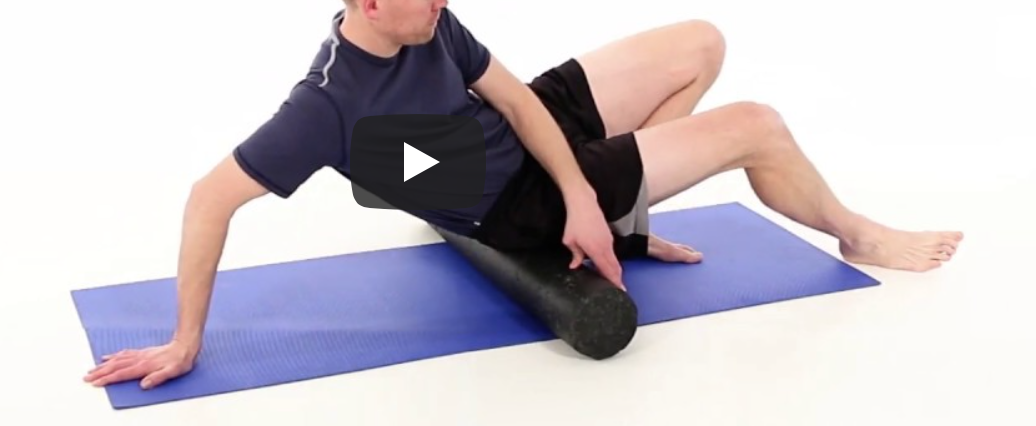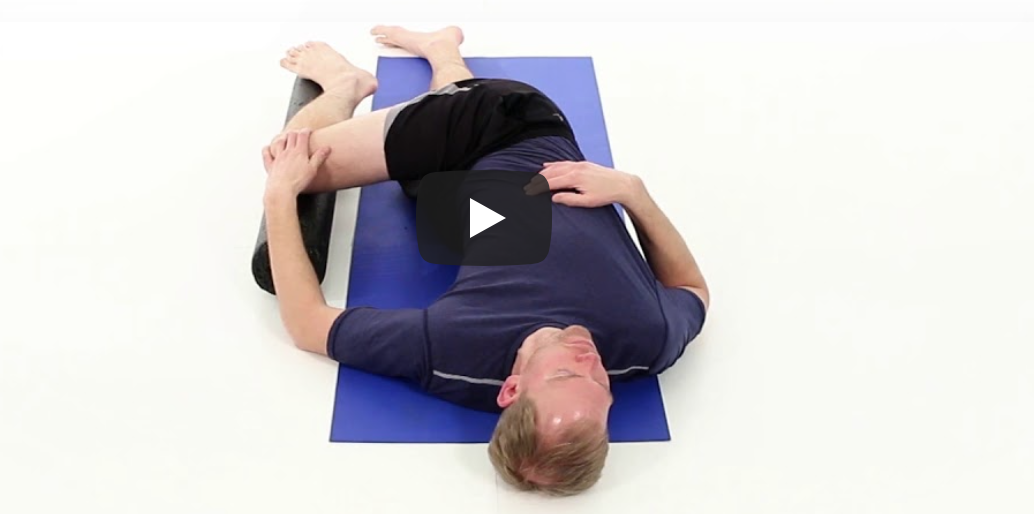Shoulder pain is one of the most common complaints that I have helped my clients manage and conquer over the years. The vast majority of shoulder problems are products of lifestyle and occupational habits vs. traumatic injury. Impingement pain, bursitis, and tendonitis are the overuse syndromes that plague many…and they are extremely avoidable! I have found myself specializing in caring for an intense ‘work-hard, play-hard’ crowd. Individuals working long hours, traveling for business, hustling all over town for kids sports and activities, as well as carving out 2-4 hours per week for their own active interests. This time of year folks are gearing up for tennis, swimming, golf, throwing batting practice to the kids, gardening/pruning, you name it. Repetitive overhead activity is the crime, the sentence could be 2wks to several months worth of shoulder discomfort for not being better prepared for the season.
The title of this article is ‘How can posture improve shoulder pain?’ What does posture have to do with shoulder health or being more prepared for activity? The answer is that properly positioned shoulder blades allow for more freedom and space for the ball to move in the socket, hence reducing friction and wear to the tendons and bursa that so commonly get irritated with excessive activity. Commuting, sitting at a desk, lounging on the couch, etc., easily lead to slumping postures with elevated and upward rotated shoulder blade positions. The ‘slouch’ position also places your middle back, or thoracic spine, in excessive flexion or kyphosis, which further complicates things. As you notice, your shoulder blades move and glide over the back of your rib cage, your ribs are attached to your thoracic spine, so you see where I am going with this. Shoulder blades can be funky, it is usually pretty easy to predict which shoulder is having issues. The cranky one typically is the higher of the two when standing with your arms by your side. The cranky one is usually the one that ‘wings out’ when placing your hands on your hips…I could go on.
Here is a little test, and if pain is improved these exercises should help you! Sit in a slumped, lousy posture and try to raise your arm overhead like you are raising your arm to ask a question in class. Likely you can’t get your arm very far overhead AND it probably hurts. Next, sit tall and try to pull your shoulder blades down, as if drawing them down into your back pockets. Raise your arm overhead again, does it feel better? Can your raise it higher? If so, these exercises are for you. An analogy I like to use relates your shoulder blade, shoulder (ball socket), and entire arm as a big tree. The roots of the tree are the muscles that control the movement and provide stability to shoulder blade, a poor root system means even a breeze could cause some damage. Your scapula’s job is to move and glide to accommodate and provide stability to the ball and socket joint, it needs to do its job well to keep you in the game.



